Is Marseille Worth Visiting? Honest Pros & Cons From a Traveler Who Loved It
Marseille might not be the first city that comes to mind when planning a trip to France — and to be honest, it was not on mine either. We ended up in this port city almost by accident, thanks to Olympic tickets that pulled us south in August 2024.
I expected a few sunny days and maybe a chance to dip my toes in the Mediterranean. Instead, I was completely dazzled by a city that felt older, more alive, and more globally connected than nearly anywhere else I have been in France.
Marseille is the oldest city in France, founded by Greek sailors in 600 BCE — and once I read that, the history lover in me was hooked. This is a place where past and present not only coexist, but also they collide.
Crumbling forts sit beside graffiti-covered stairways, international football fans cheer near medieval cathedrals, and street vendors sell couscous just blocks from French cafés serving pastis.
But Marseille is also misunderstood. It is not polished or postcard-perfect like Paris. It is layered, raw, and incredibly diverse.
And that is exactly why it might be one of the most rewarding cities you can visit in France — especially if you are nerdy (like me) about culture and history. In this post, I’ll share my honest take:
✅ The things that made Marseille worth visiting for me
✅ What travelers should know before they go
✅ And why I’m already planning my return
This page contains affiliate links—if you purchase through them, I may earn a commission at no extra cost to you. Thank you for supporting my travel content and helping me bring you more UNESCO-focused content!
Marseille Surprised Me – Here’s Why It Deserves More Hype
When we booked our trip to Marseille, it was not the result of hours of research and planning. Honestly, we only ended up there because we had tickets to an Olympic football match. But that lucky twist of fate turned into one of the most unexpected highlights of our summer in France.
It is easy to overlook Marseille when planning a French itinerary. Cities like Paris, Lyon, and Nice dominate the usual travel guides. Marseille, by contrast, is often painted with broad strokes — too gritty, too chaotic, too complicated.
But here is the thing: Marseille does not try to charm you with smooth marketing. It does not need to do that; the magic is in its authenticity.
Once I started reading more about the city, I discovered that Marseille is France’s oldest city, founded over 2,600 years ago by Greek settlers. That alone made my nerdy heart race — how had I missed this historical gem on my previous trips?
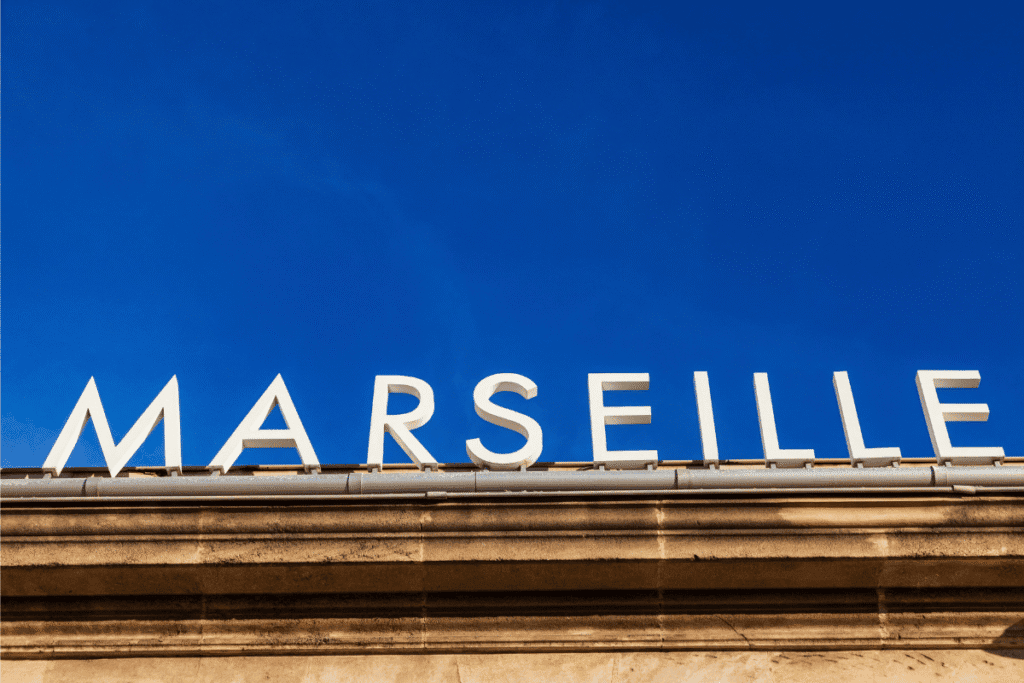
From ancient trading routes to Roman influence and waves of immigration, Marseille’s story is long, layered, and often overlooked. And that layered identity is exactly what makes it so compelling to visit today.
Rather than a city shaped by tourism, Marseille is shaped by the people who live there — a deeply multicultural, working-class population that makes the city pulse with life.
Walking through the neighborhoods felt like entering different worlds every few blocks. The streets were loud, expressive, unapologetically real. And while it may not be everyone’s cup of tea, for travelers who value culture, curiosity, and global perspective, Marseille is a different vibe altogether. And well worth a spot on your itinerary.
The History Here Is Wild — Especially If You’re a Nerd Like Me
If you are the kind of traveler who reads every museum plaque and gets overly excited about ruins, then Marseille will absolutely win you over.
This city is like a living timeline — and once I realized just how far back that timeline stretches, I could not stop nerding out.
Marseille (or Massalia, as it was originally called) was founded around 600 BCE by Greek sailors from Phocaea. That makes it the oldest city in France — older than Paris by centuries.
Its location on the Mediterranean coast made it a critical trading port, and throughout history, it has absorbed wave after wave of cultural influence: Roman, Christian, North African, Corsican, Armenian, and more. You do not just visit a city here — you step into 2,600 years of layered human story.
👉 Read more about Marseille’s founding on Wikipedia
Some highlights that stood out for me:
- Vieux Port (Old Port) – This harbor has been the heart of Marseille since ancient times. It is where Greek ships docked, Roman goods flowed, and modern-day fishmongers still sell their catch every morning.
Standing here, you can feel the continuity.
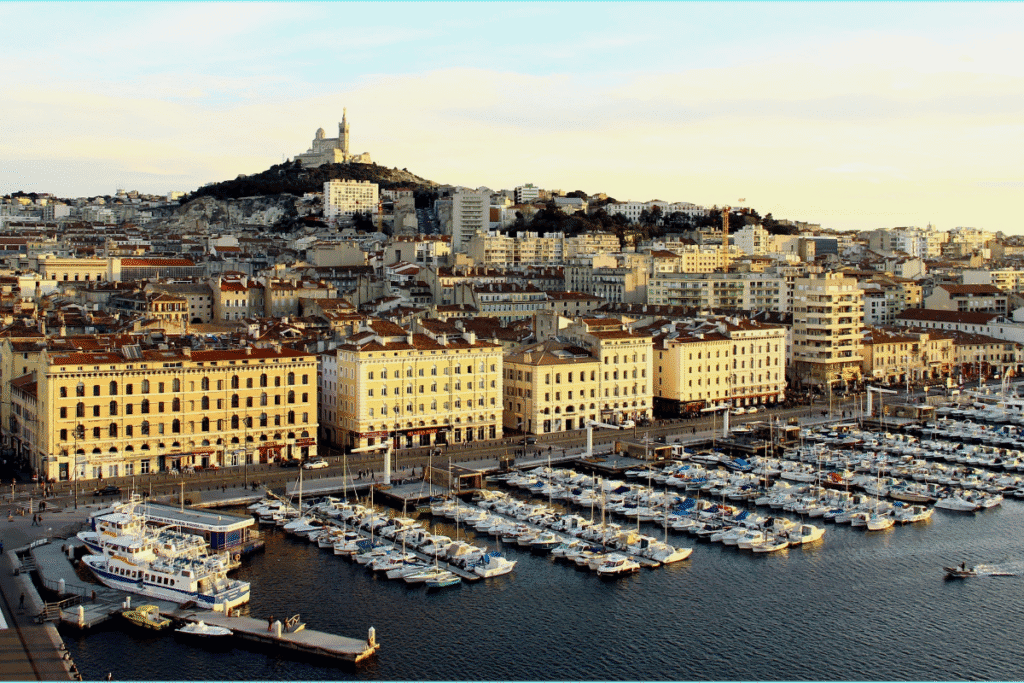
- Notre-Dame de la Garde – Sitting high above the city, this 19th-century basilica offers panoramic views that are worth the climb. But beyond the scenery, it is also a powerful symbol of Marseille’s maritime heritage.
Sailors used to pray here before setting sail. (Bring water. And maybe a light windbreaker. The breeze is no joke.)
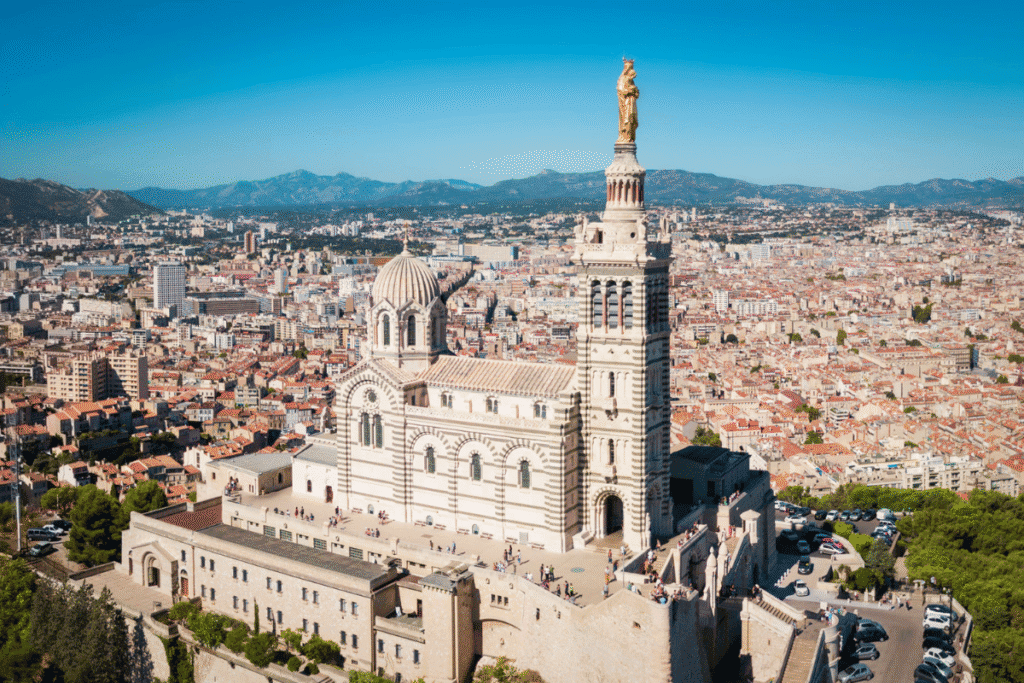
- Le Corbusier’s Cité Radieuse – This bold, concrete giant is a UNESCO World Heritage Site, and while it was packed during the Olympics and tough to get into, I was fascinated by its architectural legacy.
Designed in the 1950s, it was part of an ambitious modernist vision for postwar living — and today, it remains a brilliant (if divisive) example of brutalist architecture with all of its concrete and lack of aesthetics.
👉 See the UNESCO listing for Cité Radieuse - Literary connections – If you have read The Count of Monte Cristo, then you already know Château d’If, which is the infamous island prison just off the coast.
It is real, it is haunting, and you can take a boat ride to see it up close.
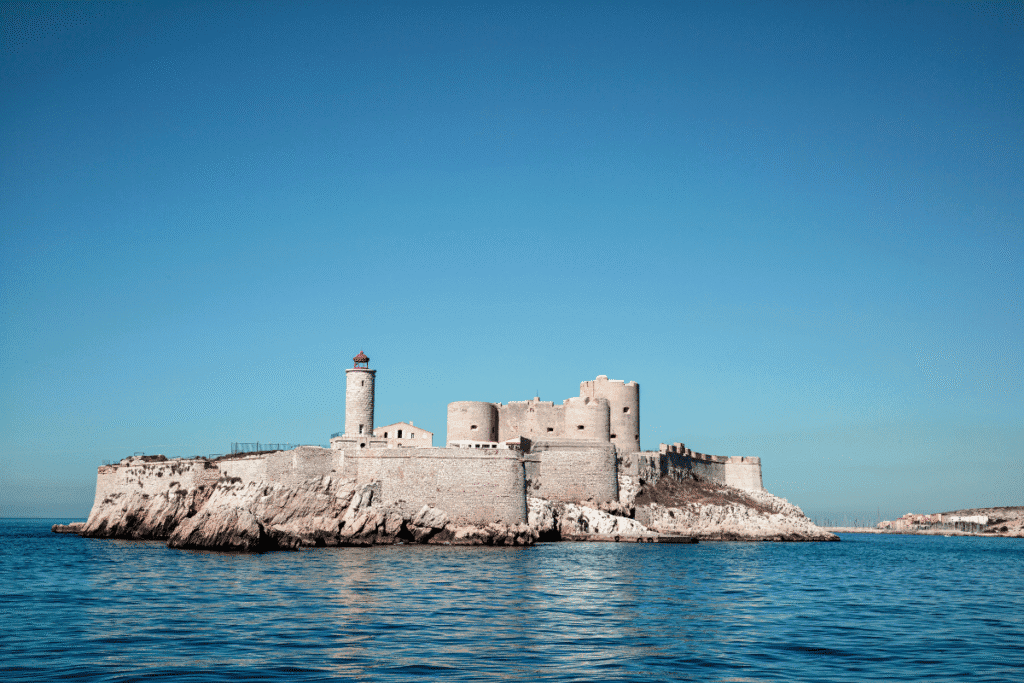
If you like your destinations full of context, conflict, and continuity, Marseille delivers in spades. This is not a city where history is hidden behind glass.
It is lived, breathed, and painted on the walls
Marseille Is Not “Easy” — But That’s the Point
If you are looking for a perfectly polished vacation with pastel shutters, matching cobblestones, and curated “cute” — Marseille might rattle you at first.
This is not a city that exists for tourists. It is not trying to impress you. And that’s exactly what makes it worth your time.
Marseille is messy, multicultural, and unapologetically real. You will hear Arabic and French in equal measure, see traditional hijabs alongside bold street art, and stumble into neighborhoods that feel completely different from one another just minutes apart.
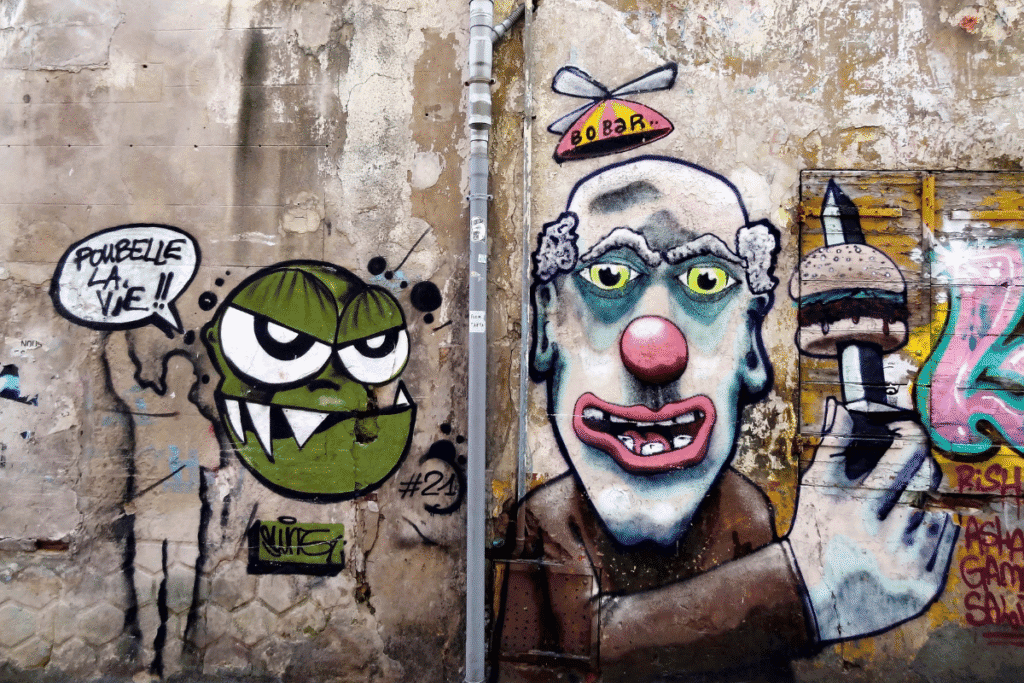
For some travelers, this unpredictability feels chaotic. But for me, it felt alive.
And I want to say something that might be important if you are traveling as a minority, or if you are used to more “mainstream” French destinations like Nice or Paris: Marseille challenges expectations.
It is proudly international. You will see more brown and Black faces here than anywhere else in France. And if you are the type of traveler who is open to seeing the world as it is, this city will reward you.
While I was in town for the Olympics, we saw an incredible turnout of Morocco fans for a football match. Streets were packed, cheers echoed across the port, and the energy was electric.
That diversity brought so much richness to the experience. And even with the huge crowds, I never once felt unsafe. Just part of something bigger.Marseille invites you to be the “other” for a moment — to remember that the world is vast, complex, and beautifully layered.
It is a reminder that travel is not just about seeing beautiful things; it is about feeling something real.
The Logistics Are Shockingly Simple
Given Marseille’s size and reputation, I expected to spend most of my time in taxis or lost in a maze of confusing streets. But honestly? Getting around this city was one of the biggest surprises — in the best way.
Marseille’s public transport system is efficient, clean, and extremely easy to navigate — even if you do not speak French.
The RTM network includes two metro lines, an expanding tram system, and a reliable bus network that connects nearly every corner of the city.
Tickets are inexpensive, and you can transfer across different modes of transport within a 1-hour window, which is incredibly convenient.
👉 Plan your route here on RTM’s official site
I used the metro almost daily, especially to get to major sights like Notre-Dame de la Garde, Vieux Port, and even some further-out neighborhoods.
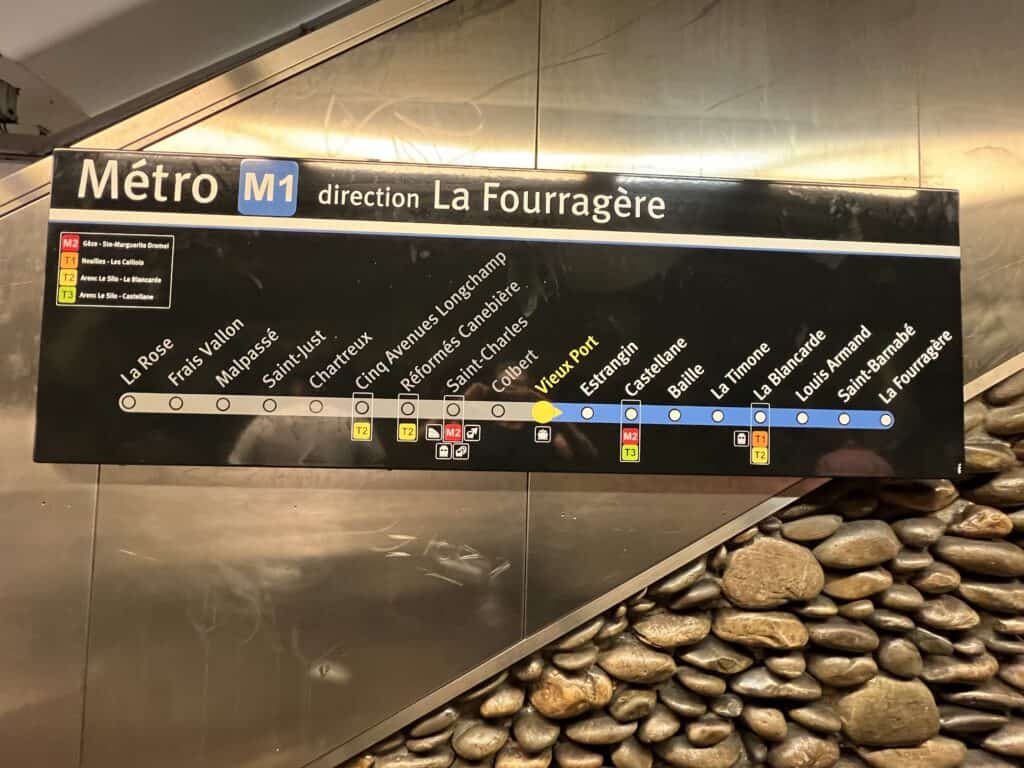
Buses were helpful for reaching hilltop areas or catching sunset views. It all felt safe and intuitive — even during the chaotic Olympic crowds.
One important tip: When boarding a bus, make sure to validate your ticket by scanning it at the small machine near the front.
This is a crucial step — we saw transit police board multiple buses to check for validated fares, and they do issue fines on the spot for passengers without proper proof.
It is not a tourist-targeting issue; it’s just how seriously they take fare enforcement. Do not skip it.
For those planning day trips, Marseille makes a great base. From the St. Charles train station, you can quickly access nearby gems like:
- Cassis – A charming seaside town known for its calanques (limestone cliffs and turquoise coves)
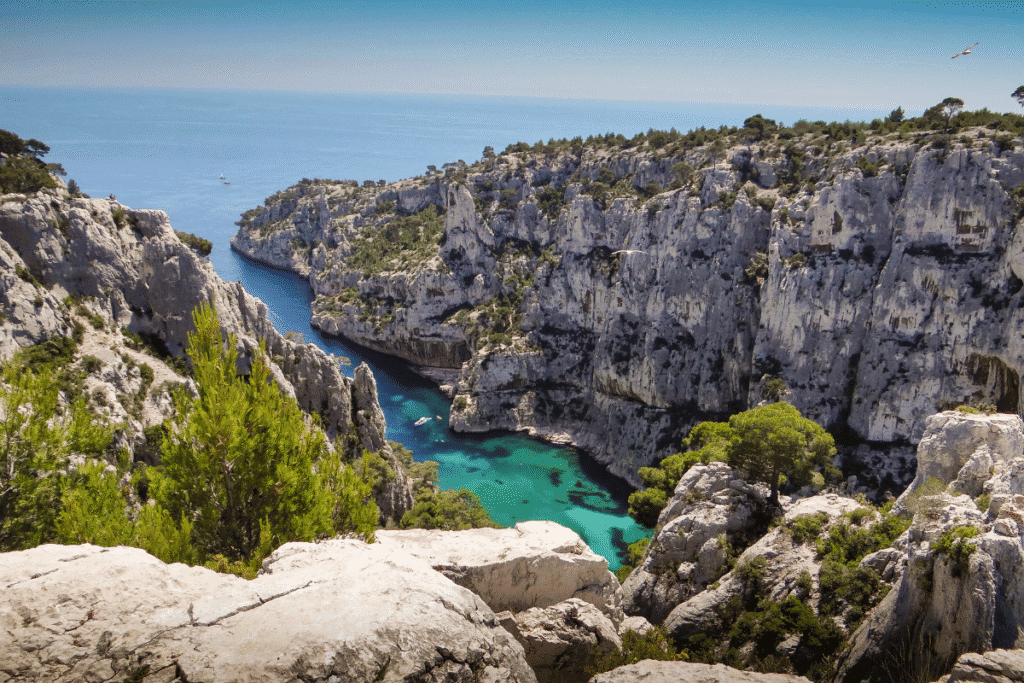
- Arles, St-Rémy-de-Provence, and Les Baux-de-Provence – All rich in Roman history and Provençal beauty
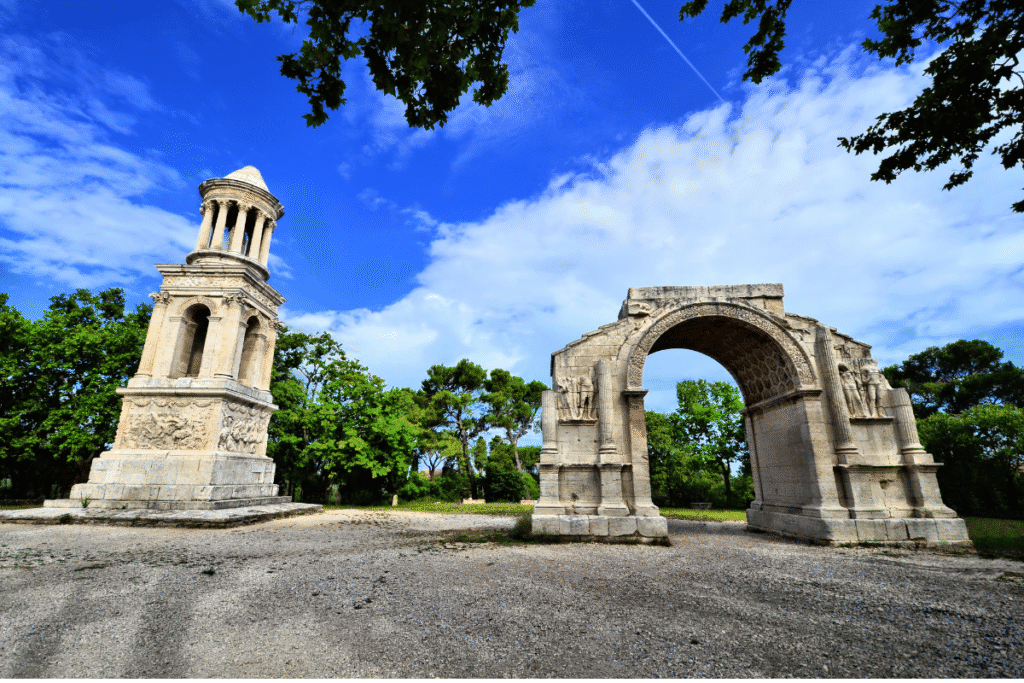
You could easily spend your days exploring Marseille and then branch out without ever needing a car. It is one of those rare cities where independent, stress-free travel actually feels doable.
A Few Things to Know Before You Go
Marseille is unforgettable, but it’s also a city that rewards travelers who arrive with the right expectations. A little context can go a long way toward making your experience smoother, safer, and more enriching.
Here are a few things I wish more travel guides would say out loud:
1. If There’s a Major Event in Town, Book Everything Early
We visited during the 2024 Summer Olympics, which made the city busier than usual. Hotels were full, lines were long, and even getting to Le Corbusier’s Cité Radieuse became a logistical puzzle.
If you’re visiting during a festival, tournament, or holiday, be sure to book accommodations and entry tickets in advance.
2. Safety Feels Different — But It’s Not Unsafe
Marseille has a reputation online that can feel a little overblown.
Yes, you’ll see more graffiti. Yes, some areas look rough around the edges. And yes, you should be aware of your surroundings — just like in any large city.
But during our four-day stay, even with massive Olympic crowds, we never felt unsafe.
Pickpocketing can happen (especially around transit hubs), so consider purchasing a cross-body bag with interlocking zippers and carrying a personal safety alarm. It is also a good idea to avoid flashing valuables.
But don’t let online horror stories scare you away. Use your street smarts and listen to your intuition.
3. Be Open to Cultural Difference
Marseille is proudly diverse. You’ll hear many languages, see many styles of dress, and encounter global communities that have made this port city home.
For some travelers, this feels unexpected. But for me, it was a beautiful reminder that France, like the world, is layered and complex.
During our visit, we saw a large number of women in hijabs, especially around the Olympic football match against Morocco.
It’s worth noting not as a warning, but as an invitation to step outside of your usual environment and appreciate Marseille for what it is: a vibrant crossroads of cultures.
4. You Won’t See Everything In One Trip — and That’s Okay
I regret not exploring more. Marseille left me wanting more time — more neighborhoods, more cafés, more layers of its deep history.
But that’s the sign of a good destination, right? It doesn’t all have to be checked off in one go.
I’m already planning a return trip. And next time, I’ll approach the trip with more intention and even deeper curiosity.
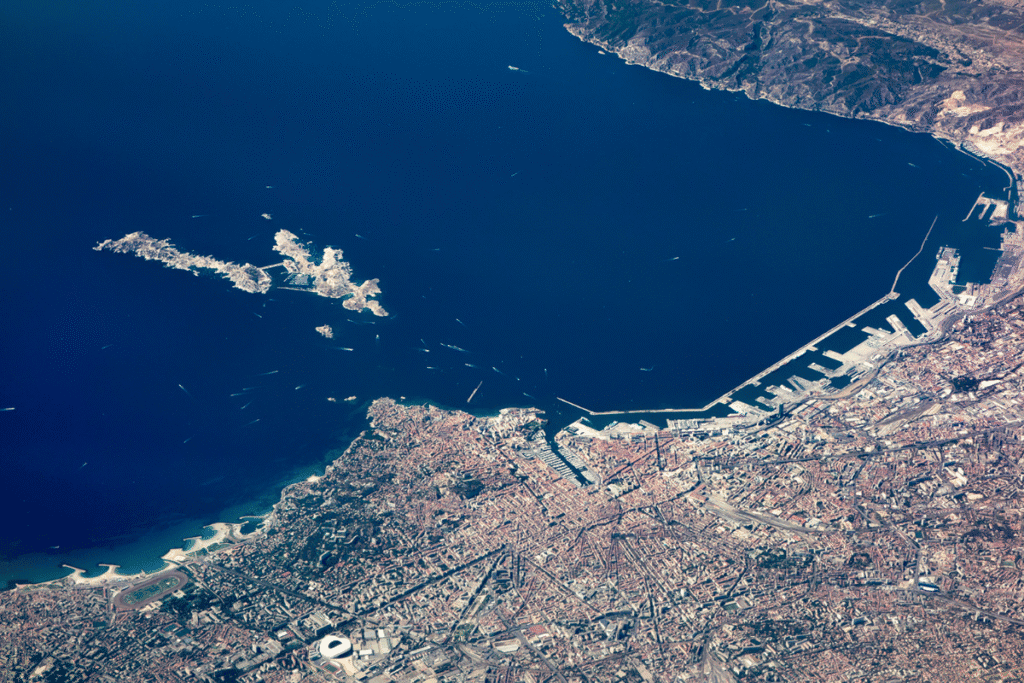
Final Verdict — Is Marseille Worth Visiting?
Without hesitation: yes. Marseille is absolutely worth visiting — especially if you are a traveler who values cultural complexity, historical richness, and destinations that still feel lived in rather than staged.
Is it for everyone? No. But for those who love digging into stories, walking in the footsteps of empires, and embracing the texture of a place, Marseille will leave a lasting impression.
It is the kind of city that challenges you, teaches you, and sticks with you long after you leave.
For me, it was an unexpected highlight of our Olympic trip. The history, the diversity, the views from Notre-Dame de la Garde, the winding streets around Vieux Port, and the promise of so many more layers to explore all left me excited to return.
Ready to Plan Your Trip to Marseille?
If you’re curious about adding Marseille to your France itinerary — or if you’re unsure where it fits among southern destinations like Lyon, Arles, or Nice — I’d love to help.
I offer personalized itinerary planning for culturally curious travelers who want to go beyond the obvious. Whether you’re craving UNESCO World Heritage Sites, literary landmarks, or slow-travel days filled with museums and good food, I can help design something that matches your travel style.
Click here to learn more about my custom trip planning and travel agent services
Or get in touch directly by completing this form

